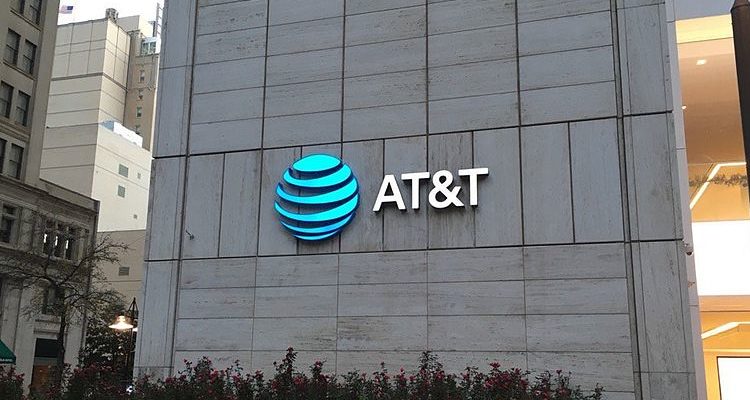
Photo Credit: google Images
In the media industry, consolidation is the name of the game. If you aren’t getting bigger by buying up smaller rivals, then you are falling behind. And that means further blurring of the lines between content companies and distribution companies. At one time, content was king. But now distribution (i.e. the muscle to get your content into the homes of as many Americans as possible) is just as important.
AT&T is the current giant of the media world
At times, it can get pretty confusing. For example, consider A&T. For anyone over the age of 40, AT&T is primarily a landline phone company and the owner of the satellite TV service DirecTV. But for young millennials, AT&T is more than likely their primary mobile phone service provider and maybe even their Internet service provider. These young millennials don’t have landlines and they don’t watch satellite TV, so guess what? They have a very different image of AT&T.
AT&T is now remaking itself into a content company as well. The biggest prize, of course, is Time Warner, which is one of the biggest content companies in the world. Time Warner no longer does distribution (it jettisoned Time Warner Cable nearly a decade ago), but it does content really, really well. It owns Turner, which in turn, owns CNN, TNT and TBS. And it also owns Warner Bros. Studios and HBO. Those are some big names.
How AT&T chooses to put all these pieces together is going to be fascinating. For example, a lot of AT&T marketing and promotion actively involves “Game of Thrones.” This show, of course, is owned by HBO, which is owned by Time Warner. So, by gobbling up Time Warner, AT&T is getting access to “Game of Thrones,” and can use that to entice people to sign up for other services. See how this works?
The implications of the merger and acquisition trend
But other companies are not sitting around idle, waiting for big distribution companies to gobble them up. Take Disney, for example. This is one of the biggest content companies around, since it not only owns the Disney franchise, it also owns ABC, ESPN and Marvel Studios. And Disney plans to get bigger still, by gobbling up 21st Century Fox, which owns all the Fox cable assets (like Fox News) and 21st Century Fox Studios.
That, of course, raises the interesting question: How do all these types of mergers and acquisitions impact what we see online or on the TV? For example, if you think about it, CNN and Fox News are two bitter ideological rivals. CNN skews Far Left while Fox News skews Far Right. But now AT&T is buying Time Warner, which owns CNN and Disney is buying 21st Century Fox, which owns Fox News. So is Fox News going to get Disney-fied? And is CNN going to absorb the pro-business values of the very monopolistic AT&T? (For some Americans, the very logo of AT&T represents the monopolistic Death Star, something that young millennials can’t fully appreciate as they go about blithely signing up for AT&T service for their iPhones).
Other mergers and acquisitions in the works
But don’t think that this rapid changing of the media landscape is only for the “Big Boys” (or “Big Girls”). The latest news involves T-Mobile and Sprint, which are planning on merging into one spectacularly large mobile company in order to take on AT&T and Verizon. So that could lead to an arms race of sorts, as now Verizon must look for new ways to remain relevant in today’s world (let’s admit it, buying up Yahoo only takes you so far…).
And what about Netflix? Thus far, Netflix has remained strangely aloof, building up its own content assets at a rapid pace. But will the moment come when Netflix must also look for a Knight in White Armor to protect it from the rampaging media mogul rdes?
With all these twists and turns, simply following all the new strategic moves in the media world could become just as interesting as what’s on TV most nights. This could get very interesting over the next 12 months.